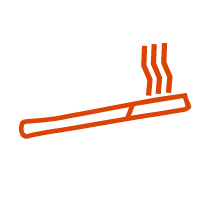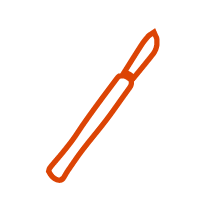What are the Treatment Options for BPH?
Have you been diagnosed with BPH? Is your inability to urinate freely impacting your quality of life? While an enlarged prostate may be inevitable as you get older, there is always something you can do about it.
Treatment options range from noninvasive behavior modification and watchful waiting to medications, minimally invasive procedures and surgery. Which is best for you? It all depends on the amount of discomfort you’re in, your age, health, the size of your prostate and your post-procedure expectations.
Take our BPH Quiz to gauge your readiness for treatment. And share the results – and your concerns – with your doctor to decide on the best option for you. Looking for a BPH doctor? Use our Doctor Finder.
![]()
Do you have BPH?
Take our BPH quiz to gain insight into the severity of your symptoms and help kick-start the conversation about BPH with a doctor.
![]()
I Want to Learn More
Sign up to receive information and learn how Rezūm Water Vapor Therapy helps patients with their BPH.
![]()
Find a Doctor
Use our Doctor Finder to get in direct contact with urologists who specialize in using Rezūm Water Vapor Therapy to treat BPH.
References
- Carter HB. Prostate Disorders: The Johns Hopkins White Papers. Baltimore, MD: Johns Hopkins Medicine. 2010:1-24.
- American Urological Association Education Research, Inc. American Urological Association Guideline: Management of Benign Prostatic Hyperplasia (BPH), Revised. 2010. Appendix 280, 283-5.
Caution: U.S. Federal law restricts this device to sale by or on the order of a physician.
All images are the property of Boston Scientific. All trademarks are the property of their respective owners.
Content on this web page is for Informational Purposes only and does not constitute medical advice and should not be used for medical diagnoses. Boston Scientific strongly recommends that you consult with your physician on all matters pertaining to your health or to address any clinical/medical questions.
All treatments have inherent and associated risks. The Rezūm System is intended to relieve symptoms, obstructions, and reduce prostate tissue associated with BPH. It is indicated for men ≥ 50 years of age with a prostate volume 30cm3 ≤ 80cm3. The Rezūm System is also indicated for treatment of prostate with hyperplasia of the central zone and/or a median lobe. Potential risks include but are not limited to painful urination (dysuria), blood in the urine (hematuria), blood in the semen (hematospermia), decrease in ejaculatory volume, suspected urinary tract infection (UTI), and urinary frequency, retention or urgency. You should talk with your doctor about benefits and risks before moving forward with any treatment option.
Rezum.com is a website sponsored by Boston Scientific.









